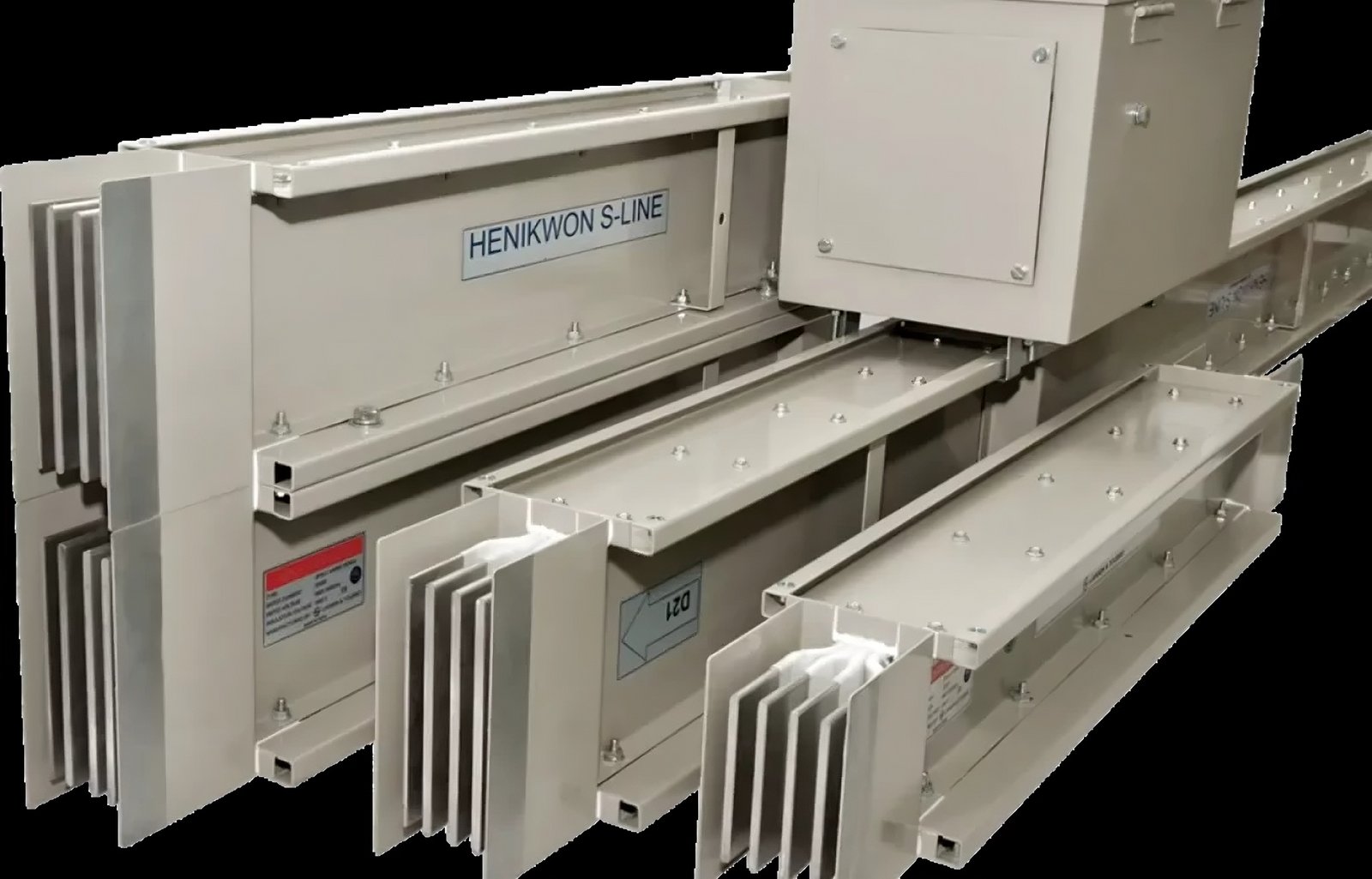Transformers are the backbone of any electrical substation, enabling efficient voltage regulation and power distribution. When these critical components are installed correctly, they ensure minimal energy loss, maintain system stability, and extend equipment lifespan. At Manikaran Enterprises, we understand that precision in transformer installation goes beyond merely mounting heavy equipment—it encompasses rigorous planning, meticulous execution, and thorough testing. By adhering to industry best practices, substations can achieve peak performance and deliver uninterrupted service to end users.
Pre-Installation Planning
Before any heavy lifting occurs, a comprehensive site survey and risk assessment must be conducted. Factors such as soil stability, seismic considerations, and ambient temperature directly influence foundation design and equipment placement. Engaging experienced electrical engineers early in the project helps identify potential pitfalls and optimize the layout of switchgear, control panels, and cable trenches. This phase also involves coordination with civil and structural teams to ensure that transformer pads and containment areas comply with safety standards—including proper drainage to prevent oil seepage.
Equipment Selection and Specification
Choosing the right transformer involves evaluating load profiles, ambient conditions, and future expansion plans. Besides selecting the appropriate kVA rating and insulation class, it is essential to verify that the transformer’s impedance matches the substation’s protection scheme. High-quality bushings, surge arresters, and oil preservation systems further enhance reliability. Working with a reputable provider, such as the Top Electrical Solution Company in Rajasthan, guarantees access to industry-grade transformers that meet international standards and local regulations.
Foundation and Civil Works
A robust foundation is critical for maintaining transformer alignment and mitigating vibration. Whether it’s a reinforced concrete pad or an anti-seismic mount, the structure must bear the transformer’s dead load and dynamic stresses. During concrete pouring, strict curing times and material quality checks help prevent cracks or subsidence. Proper anchoring—using precisely torqued anchor bolts—ensures that the transformer’s base remains stable over time. Adequate clearance around the unit provides room for cooling air circulation and simplifies future maintenance activities.
Mechanical Installation
The mechanical installation of a transformer requires precision rigging and alignment. Cranes, spreader beams, and specialized lifting gear must be inspected and certified before each operation. Slowly lowering the transformer onto its foundation, technicians verify that lifting lugs are disengaged only after the transformer is correctly seated. Cable trenches are backfilled with non-corrosive sand or pea gravel to protect low-voltage cables from abrasion. During this stage, the assembly of radiators, conservators, and tap changers is completed with manufacturer-approved torque values for all fasteners.
Electrical Connections and Earthing
Connecting the transformer to the incoming and outgoing feeders demands exacting attention to jointing procedures. Oil-impregnated paper-insulated cables require dry-type or fluid-filled termination kits, while XLPE cables utilize heat-shrink or cold-shrink technologies. Insulation resistance tests and Tan Delta measurements confirm the integrity of each joint. Equally important is the earthing system: low-impedance ground mats and driven rods create a reliable return path for fault currents, protecting personnel and equipment. Proper bonding of metallic components prevents dangerous voltage potentials under fault conditions.
Testing, Commissioning, and Performance Verification
Once mechanical and electrical works are complete, a battery of tests validates transformer readiness. Oil dielectric strength, DGA (Dissolved Gas Analysis), winding resistance, and turns ratio tests identify hidden defects before energization. During no-load and full-load trials, technicians monitor temperature rise, oil flow rates, and cooling system performance. Protection relays and SCADA interfaces are calibrated to respond to abnormal conditions such as overcurrent or differential faults. A successful commissioning marks the transition from installation to operational status, supported by detailed test reports and as-built documentation.
Integrating with Busbar Systems
For seamless power distribution within the substation, transformers often interface with busbar networks. Employing professional Busbar Trunking System Installation Services in India ensures that current-carrying conductors are housed in fire-resistant, ventilated enclosures. This integration minimizes electrical losses, simplifies maintenance, and allows for future capacity upgrades without extensive civil works. Coordinating transformer and busbar installations reduces commissioning time and fosters a cohesive electrical infrastructure.
Maintenance and Long-Term Performance
A well-installed transformer demands a proactive maintenance regime to sustain efficiency. Periodic inspections of oil levels, cooling elements, and protective devices catch anomalies early. Thermographic surveys and partial discharge measurements reveal hotspots and insulation weaknesses before they escalate. Retrofitting modern monitoring systems—such as online DGA sensors and temperature controllers—provides real-time insights, enabling predictive maintenance strategies. By partnering with Manikaran Enterprises for ongoing support, substation operators benefit from enhanced reliability and reduced downtime.
Conclusion
Transformer installation in a substation is a multidimensional process that directly influences system efficiency, safety, and longevity. From initial planning and foundation works to rigorous testing and integration with busbar networks, each step must be executed with precision. Leveraging the expertise of specialized providers and adhering to industry standards lays the foundation for robust and resilient power infrastructure. With proper installation, transformers will continue to deliver stable voltage regulation and dependable service—empowering cities and industries to thrive.




